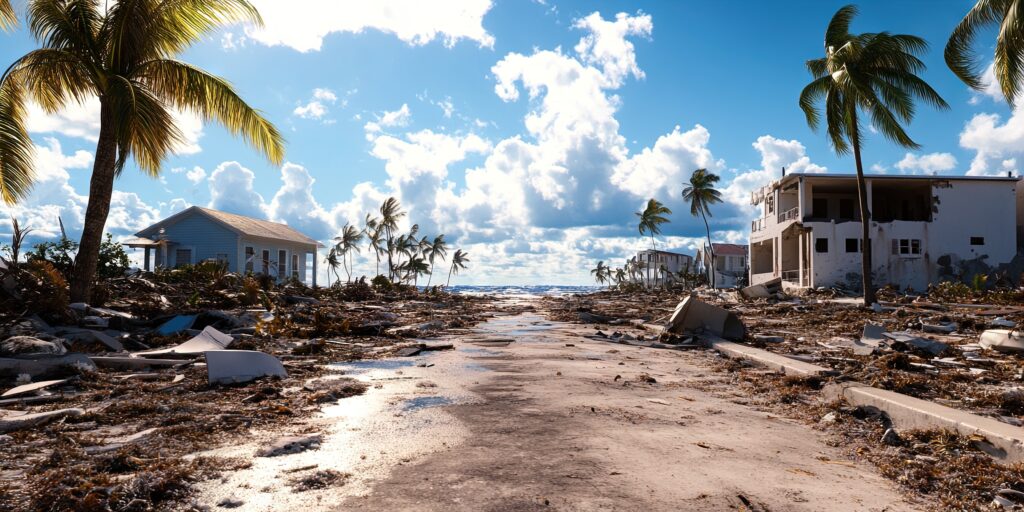Storms Are Hitting Harder—and Costing More
Since 2016, hurricanes have left a staggering financial footprint across the United States, with damages surpassing $800 billion. From Harvey to Ian, these storms have become not only more frequent but also significantly more destructive. As climate change fuels stronger, wetter, and slower-moving hurricanes, the cost to communities, infrastructure, and the economy continues to soar.
The last several hurricane seasons have set records not just in storm count—but in cost. Many of the most expensive storms in U.S. history have occurred in the past decade, and experts warn this is part of a larger trend that shows no signs of slowing down.
Major Hurricanes, Major Costs
Among the most devastating storms in this period was Hurricane Harvey in 2017, which brought catastrophic flooding to the Houston area and caused more than $150 billion in damage. That same year, Hurricane Maria decimated Puerto Rico, leading to widespread power outages, infrastructure collapse, and long-term recovery costs estimated at over $90 billion.
Hurricane Irma, also in 2017, swept through Florida and the Caribbean, adding more than $50 billion to the total. Then came Hurricane Ida in 2021, which struck Louisiana and continued northward, causing deadly flash flooding in the Northeast and adding another $75 billion to the tally.
Most recently, Hurricane Ian in 2022 ravaged parts of Florida with record storm surge and wind damage. The total bill? Over $100 billion, making it one of the costliest hurricanes in U.S. history.
Why Are Hurricanes Becoming So Expensive?
Several factors are driving these skyrocketing costs. First, climate change is making storms stronger and more intense. Warmer ocean temperatures provide more fuel for hurricanes, helping them strengthen rapidly and dump more rainfall. Slower-moving storms linger over areas longer, increasing the likelihood of catastrophic flooding.
Second, population growth and development in coastal regions have placed more people and property in the direct path of these storms. More expensive homes, denser cities, and vulnerable infrastructure mean that even moderate hurricanes can cause massive damage.
Third, recovery and rebuilding costs have climbed due to inflation, labor shortages, and supply chain issues. It’s not just the storm itself that’s expensive—it’s the long road to restoration that follows.
The Economic and Human Toll
Beyond the physical damage, hurricanes bring deep and lasting disruption to local economies. Businesses close, jobs are lost, and entire communities are displaced. Insurance payouts soar, and uninsured losses often leave families struggling for years.
The emotional toll is just as devastating. Many areas hit by recent storms are still in the process of rebuilding, both physically and psychologically. For some, recovery will take decades—if it happens at all.
A Wake-Up Call for the Future
The more than $800 billion price tag isn’t just a number—it’s a signal. It reflects the rising cost of inaction on climate resilience and preparedness. Experts warn that unless steps are taken to better adapt to these stronger storms—through improved building codes, smarter urban planning, and climate mitigation efforts—the financial toll will only increase.
As hurricane seasons continue to deliver costly and deadly blows, the question is no longer if we can afford to prepare—it’s whether we can afford not to.


